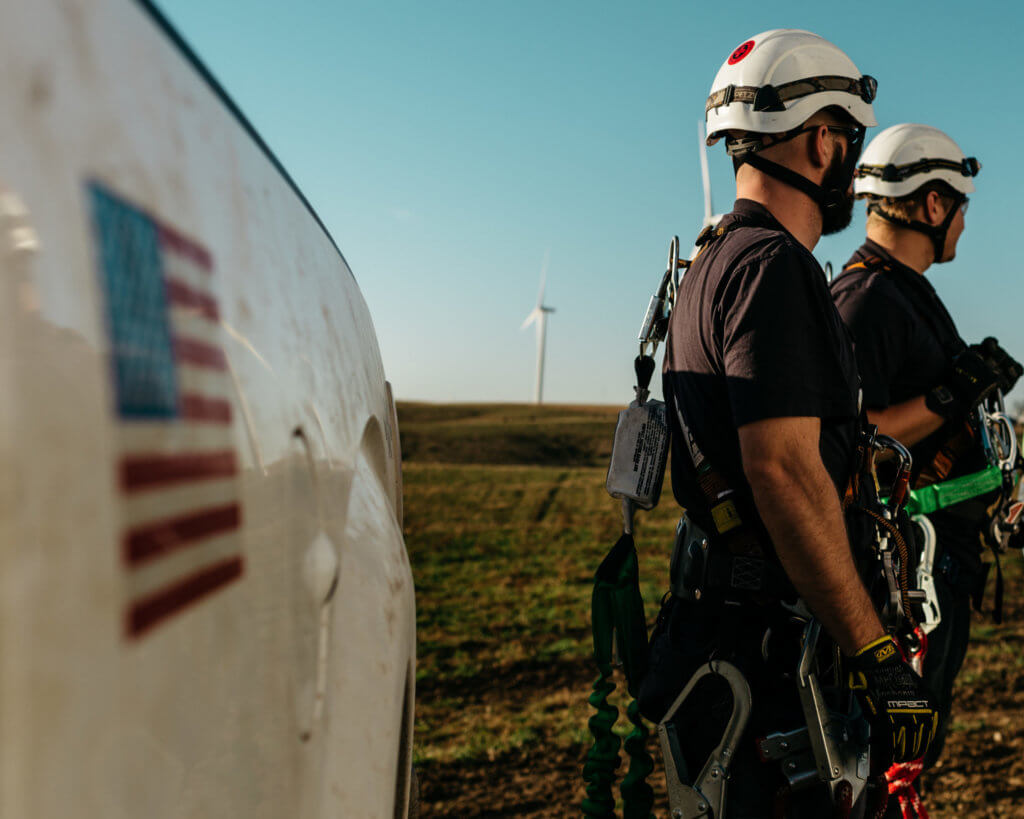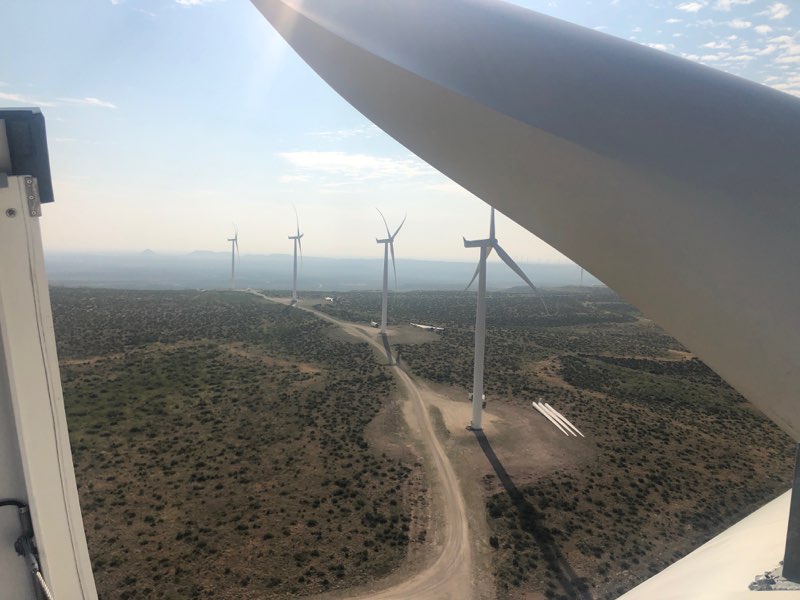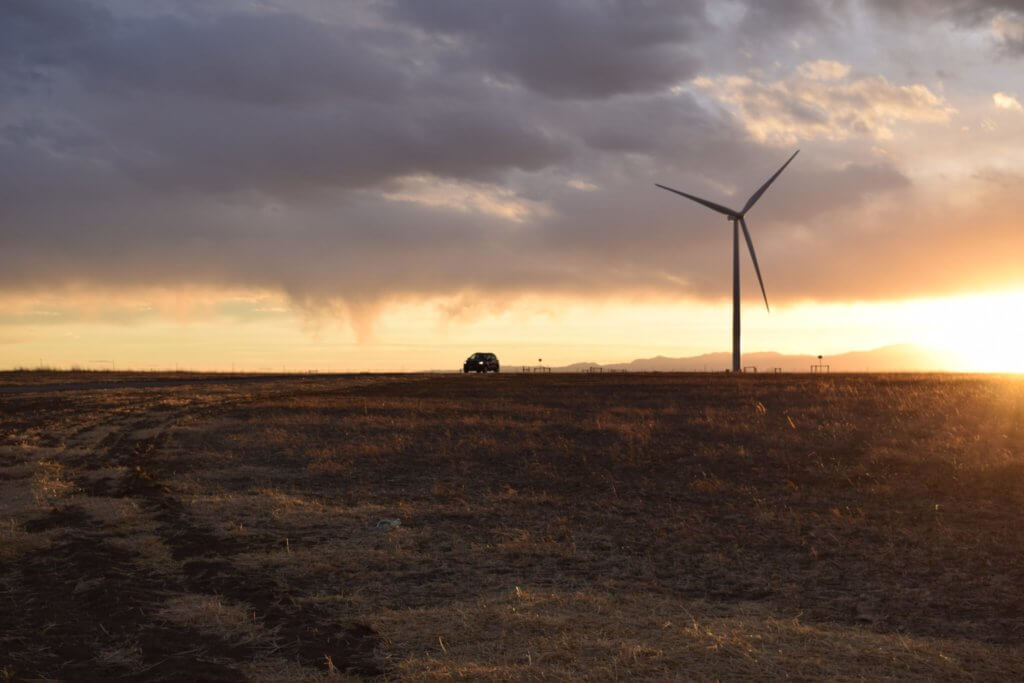Guest blog: Wind Farm Health Impacts Dismissed in Court
Guest blog post by Mike Barnard, Senior Fellow with the Energy & Policy Institute. This blog originally appeared on the Huffington Post by Barnard on August 15, 2014.
Wind health impacts have been dismissed over and over again in court as opponents of wind farms attempt to prove that wind turbines harm human health. A report released by the Energy and Policy Institute documents how health impacts claims by wind energy opponents have been soundly rejected in court.
Today, there are about 320 gigawatts (GW) of installed wind capacity worldwide providing safe, clean electricity to the grid, two thirds of which has been added in the past five years. In fact, 21 reviews of evidence have concluded that with the usual minimum setbacks of 400-600 meters, wind turbines cannot make people sick.
However, because wind turbines are visible they can attract negative attention. There are people who fight wind farms proposed near them, and even people who have taken their fights on the road to locations around the world.
One tactic that wind opponents use is to sue wind farms in court. They have challenged the construction of turbines in environmental and land use courts, in civil courts, in utility decision courts, and even in supreme courts. One of the challenges that occurs is the allegation that wind turbines make people sick.
I decided to research court cases related to wind farms and health from around the world. I searched every legal database available in the United States, Canada, Australia, the British Isles, and New Zealand. In all, the search terms identified about 150 candidate cases, but reading the decisions eliminated all but 49 of them as being unrelated to wind farms and health.
In all 48 out of 49 cases heard, the courts found that there was no reliable evidence showing that wind farms made people sick.

The one case where the judge decided that wind turbines do make people sick is instructive. It was in Falmouth, Massachusetts, where in 2010 the town built two turbines on top of a municipal wastewater treatment plant beside a four-lane, divided highway. There was some mechanical noise early in operation that was resolved. But, noise complaints from some neighbors persisted, so the city turned the turbines off for eight hours nightly. This was not enough for one pair of neighbors, Neil and Elizabeth Anderson.
City and state regulations established three different tests for noise from wind farms. The regulations require an average of 40 decibels (dB) or less outside of homes (which is aligned with World Health Organization standards for environmental noise), a maximum increase of 10 dB over ambient noise, and a test for specific, loud tones. The only test that was not met at the Anderson's house was the 10 dB increased noise test.
According to the judge's decision, evidence was not heard from experts about wind energy and health, but he did accept evidence from the Anderson's medical records that they experienced "insomnia, headaches, psychological disturbances, dental injuries, and other forms of malaise." And, the judge accepted that these effects had either occurred or been worsened during operation of the turbines.
What the judge did not hear was that in 2011, Dr. Nina Pierpont, a pediatrician and anti-wind activist, interviewed Neil Anderson at length. Dr. Pierpont is the author of a self-published, 294-page book from 2009 called Wind Turbine Syndrome. The book is based on a limited number of phone interviews with people who diagnosed themselves and their families as being harmed by wind farms.
The judge also did not hear evidence on the Fiona Crichton et al. study on the nocebo effect and wind farms. That study found that people exposed to statements that suggest wind farms make them sick would indeed experience symptoms.

To review, the wind farm in Falmouth, Massachusetts was noisier than usual, but appears to operate within World Health Organization guidelines. Those guidelines expect quieter conditions outside of homes than the majority of city dwellers worldwide experience. However, expectations had been set for the Andersons that they would get sick. And they did.
There are 48 court decisions in five countries since 1998 that have concluded that wind farms do not make people sick. This is just one case where a judge heard very limited evidence and decided that a specific wind farms was a nuisance and caused health impacts.
Furthermore, Dr. Pierpont has tried to appear in courtrooms regarding wind turbines and health, but has been rejected as an expert. But, she is not alone.
Fifteen other people have decided that they are experts in wind farms and health, despite an almost complete lack of credentials or experience that would justify an expert perspective in legal cases. All fifteen people have either been rejected outright as experts, or the evidence that they submit has been rejected.
Countries, states, and towns considering wind farms do not have to worry about legal cases related to health. The evidence does not hold up in court. The witnesses that are brought-in to help by those opposed to wind farms are not actually experts.
The evidence is in. Despite the disinformation campaign by anti-wind advocates, the courts have ruled that wind farms do not cause health impacts.





